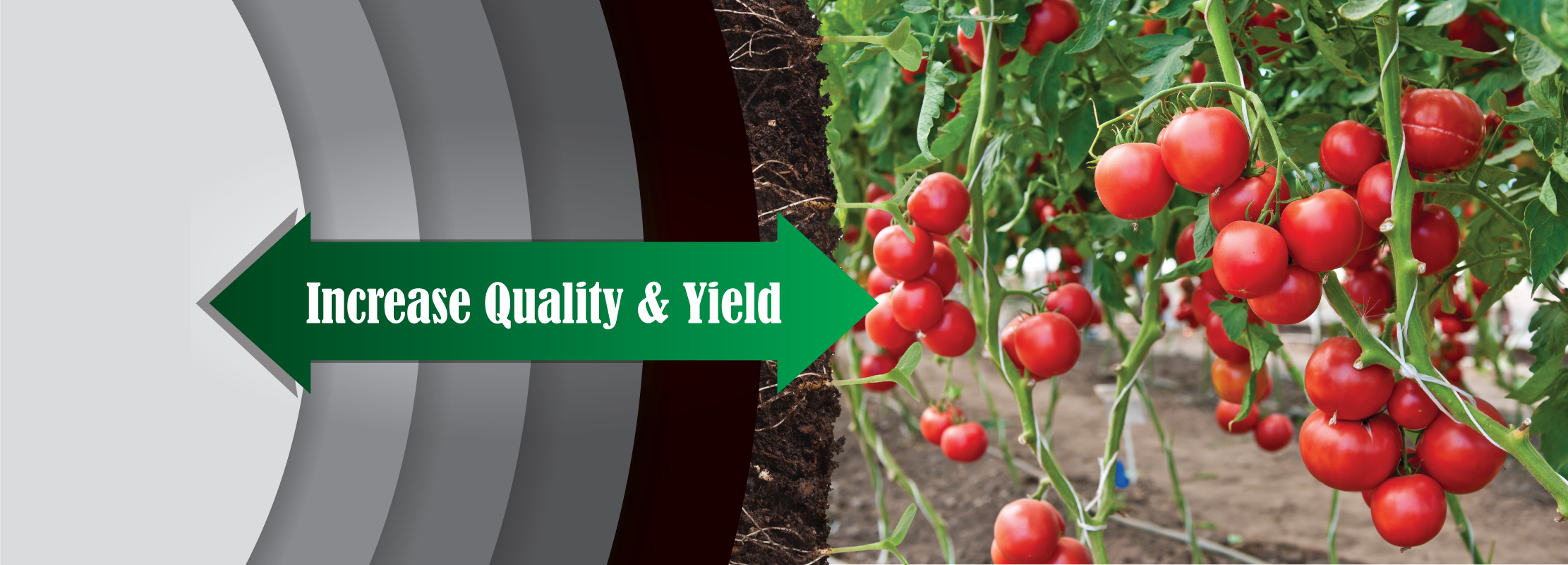Reference: https://www.globenewswire.com/news-release/2020/07/23/2066373/0/en/3-9-Billion-Worldwide-Biofertilizers-Industry-to-2025-New-Target-Markets-Present-Opportunities.html
Dublin, July 23, 2020 (GLOBE NEWSWIRE) — The “Biofertilizers Market by Form (Liquid, Carrier-Based), Mode of Application (Soil Treatment, Seed Treatment), Crop Type, Type (Nitrogen-Fixing, Phosphate Solubilizing & Mobilizing, Potash Solubilizing & Mobilizing), Region – Global Forecast to 2025” report has been added to ResearchAndMarkets.com’s offering.
The biofertilizers market is estimated to be valued at USD 2.3 billion in 2020 and is projected to grow at a CAGR of 11.6%, recording a value of USD 3.9 billion by 2025.
The growth of the biofertilizers market is driven by the growing organic food industry, initiatives by government agencies, and increasing awareness about the need for sustainability in modern agriculture. Rising awareness of the hazards of chemical fertilizers is also accelerating market growth. However, environment and technological constraints along with poor infrastructure & high initial investment for biofertilizer manufacturing facilities, are hampering the market growth.
The liquid biofertilizer segment in the biofertilizers market is projected to record the fastest CAGR during the forecast period.
Liquid biofertilizer technology is considered as an alternative solution to the conventional form of carrier-based biofertilizers. Liquid biofertilizers are formulated specially and contain not only the desired microorganisms strains but also substances that can support the stability of the storage conditions of resting spores and cysts for longer shelf-life. Liquid fertilizers can be stored for two to three years without any special arrangements. They do not get contaminated and have greater immunity against native soil microbial populations.
Liquid fertilizers have better tolerance limits for adverse conditions. The quality control protocols for liquid biofertilizers are easy and expeditious compared to carrier-based biofertilizers. These products are also convenient for biofertilizer manufacturers due to limited risks associated with inventory keeping for a longer period, which reduces the need for a year-long production process. Thus, these factors are propelling the market growth.
Soil treatment segment held the maximum share, based on the mode of application, in the biofertilizers market.
Soil treatment is a method, in which certain bacteria, fungi, and other microorganisms, such as algae and protozoa, are mixed with plowed soil or organic fertilizers to enrich the soil microbiome. When these helpful microorganisms are introduced in the soil, they help the plant to receive adequate nutrients, which are available in the soluble and absorbable form. In addition, these biofertilizers do not impact soil fertility adversely but help to enhance it.
Liquid biofertilizer formulation is used mostly for soil treatment due to its convenience. The mixture can be sprinkled with water into the soil in rows at the time of sowing or irrigation – the dosage of these treatment methods changes with climatic conditions. For instance, in India, rhizobium strains are mostly used in legumes such as groundnuts, pulses, and soybeans, as they increase the crop yield by 10%-35% whereas phosphate solubilizers are used in all crops by soil application to enhance the crop yield up to 5%-30%. However, lack of awareness about seed treatment in rural areas of developing countries is also a key factor, which is influencing the adoption of soil treatment in the biofertilizers market.
Nitrogen-fixing biofertilizers segment held the maximum share, based on type, in the biofertilizers market.
The nitrogen-fixing biofertilizers contain microorganisms such as Rhizobium, Actinobacteria, Azotobacter, and Azospirillum. They help in transforming nitrogen into organic compounds. Biological nitrogen fixation is one way of converting elemental nitrogen into a usable form for the plants. It is the reduction of nitrogen (N2) to ammonia (NH3). Thus, increasing awareness of water pollution and nitrate emissions is driving the need for alternative sustainable sources such as nitrogen-fixing biofertilizers.
Among all the microorganisms, Rhizobium is used widely due to its efficiency in nitrogen fixation. Rhizobium is a symbiotic, nitrogen-fixing bacterium, which integrates atmospheric nitrogen with the root nodules of crops. This bacteria doesn’t have an unpleasant odor as well as has no foam formation with pH range from 6.8-7.5.
High growth is projected to be witnessed in the North America biofertilizers market during the forecast period.
North America held a majority share of the global biofertilizers industry in 2020. This is due to the rising demand for organic products, high acceptance of biofertilizers as well as high adoption of advanced irrigation systems such as drip & sprinkler irrigation. Industrialization and urbanization have resulted in the decline in agricultural as well as arable land in North America. Due to the rampant use of chemical fertilizers, the fertility of the soil is declining. The farmers in this region are highly skilled in terms of knowledge and machinery. Thus, to maintain soil fertility as well as the yield of crops, farmers are opting for organic manure and biofertilizers.
#BioFertilizer #BioInsecticide #BiocontrolAgents
#Nematicide #Paecilomyceslilacinus #rootknotnematodes #soilamendments
#BioFertilizer
#bacillusmegaterium
#soilamendments
#BioFertilizer #BioFungicide #BiocontrolAgents
#Microbialfertilizer #rootgrowth #soilamendments #Trichoderma #Trichodermaharzianum
#BioFertilizer #BioFungicide #BiocontrolAgents
#controlpathogens #Microbialfertilizer #rootgrowth #seedtreatment #soilamendments #solubilizemineralphosphates
#BioFertilizer #BioFungicide #BiocontrolAgents
#Trichodermaviride

